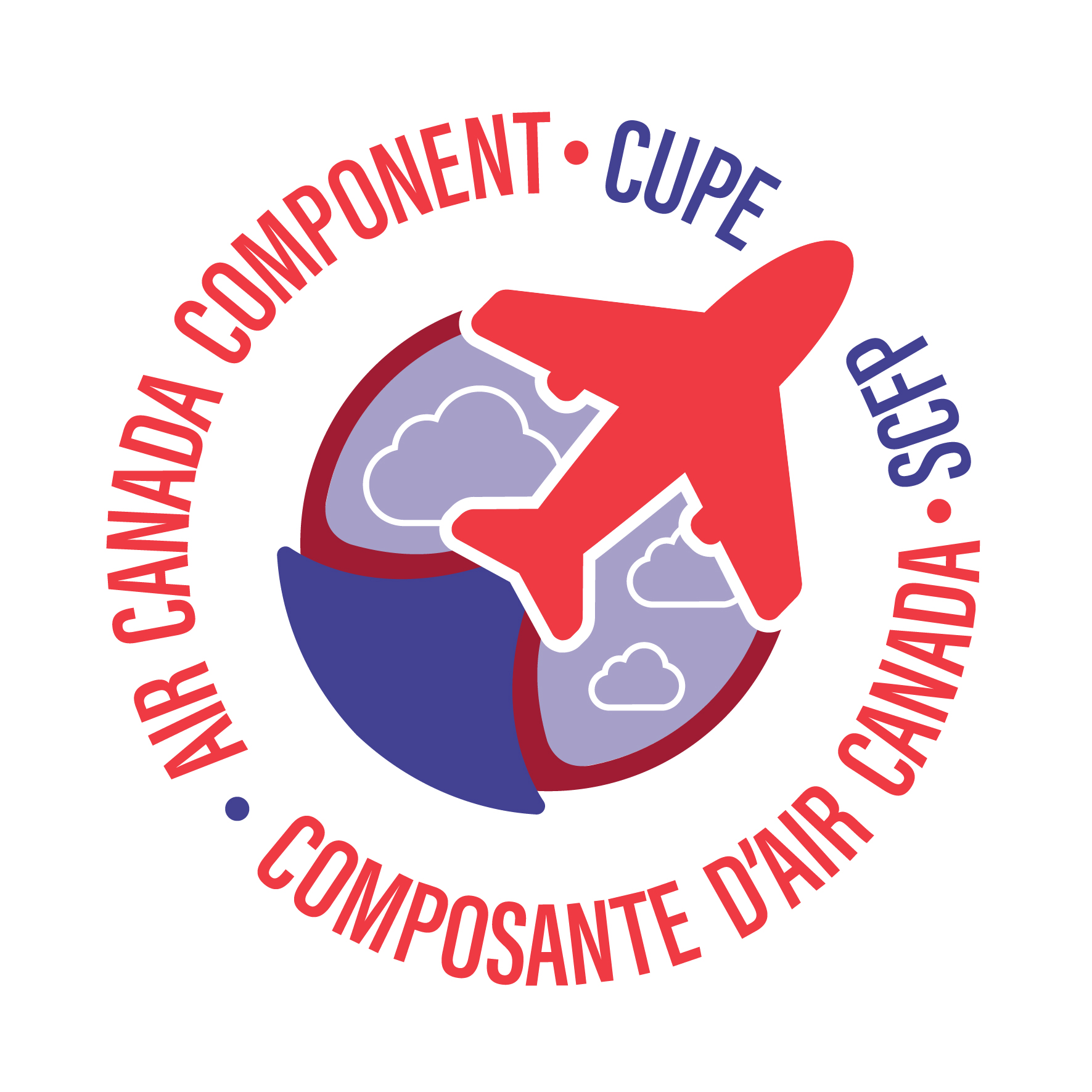Your time is valuable and you should not be expected to work for free!
This is an issue that has plagued Flight Attendants for years, as you will see in the bulletins linked below that have been issued by your union throughout the years. Please note that these may contain outdated information. We remind you to always refer to your FAM and ePub for the most current procedures.
Strength By Action – Issue 41 – What Are Your Priorities – 20050620
You & Your Rights – Issue 21 – Time is valuable – 20050908
You & Your Rights – Issue 36 – Pre-Post Duty Periods – 20060912
Your Rights – Issue1-WhenWillEnoughBeEnough-20090217
Safety First – Issue 3 – Time Permitting – 20091106
Component Officers Message – Issue 9 – Early Boarding Or Finish Your Safety Checks – 20130507
The Company has always found ways to ask flight attendants to donate more of your free time and get to the aircraft earlier. The solution is not for Flight Attendants to report for duty earlier, it is for the Company to begin the duty period earlier and increase the amount of time required to check in prior to departure.
Reporting for Duty
Home Base – Originating Flights
| 767 – 788 | A330 – 772 – 789 |
773 | 77P | Narrow-Body | |
| Service Directors / Flight Attendants |
1:10 | 1:15 | 1:20 | 1:25 | 1:00 |
Layover
| 767 – 788 | A330 – 789- 772 |
773 | 77P | Narrow-Body | |
| Pre-Flight Briefing Time | 1:00 | 1:00 | 1:00 | 1:00 | 0:45 (E190) 0:45 (A319A/320) 0:50 (A321) |
Deadheading
Deadheading cabin crew must be checked-in and be ready to board the aircraft at the designated check-in and boarding gate deadlines on the following link:
https://www.aircanada.com/en/travelinfo/airport/checkin.html
Pre-flight Safety checks and duties include:
- Stow your baggage in designated cabin crew stowage compartments.
- Cabin defect log reviewed by in-charge and crew informed of any inoperative or unavailable equipment onboard.
- Ensuring the pilot briefing occurs (flight conditions, taxi time, controlled rest etc…)
- Having up-to-date publications including Dangerous Goods Training Certificate in either paper or acceptable electronic forms.
- Attend a safety briefing with your entire crew (including any qualified gate support personnel who may be assisting with boarding).
- Ensuring your jumpseat is serviceable: securely anchored, fully retractable, straps not twisted or frayed, inertia wheel operative, seat belt / harness adjusted to fit and stowed.
- Verifying that all safety and emergency equipment meet serviceability requirements as per the pre-flight checks in the FAM Chapter 4.
- Verifying that water tanks are full and waste tanks have been serviced and are functional (freeze protection panel functional on E90).
- Safety features cards should be checked to ensure they correspond to the aircraft.
- Safety demo equipment (video and manual) are accessible and functional for use.
- All circuit breakers should be checked to ensure they are operative.
- Required security inspection(s) completed:
- Verify that there are no suspicious items onboard, including in the cabin, in the galleys, as well as the galley equipment and lavatories as per FAM Chapter 2.
- Ensure white tamper evident seals are in place in the lavatories and advise captain if any indication of tampering.
- If a Medipak is required, make sure it is in its specified location and confirm with the Captain that it is onboard/missing.
- Ensuring galley equipment is secured, latched, and operative.
- Ensuring door areas are clear and available for emergency use.
- Ensuring Emergency Positions and safety equipment checklist is filled out, reviewed, and submitted to the Captain.
- Ensuring cabin curtains/dividers are open and secure.
- Ensuring IFE system is ON and screens functional (necessary for safety demo)
- The Company also suggests you verify that there is no grease on any of the oven racks and no paper products in the ovens.
NOTE: A physical safety inspection to check the availability, accessibility and serviceability of safety equipment in the vicinity of your assigned flight attendant station is required on all flights when any of the following apply. Deficiencies must be reported to the in-charge:
- The aircraft has been left unattended for any period of time.
- There is a crew change where the in-charge to in-charge briefing didn’t occur.
- At any other time the crew deems it necessary due to concerns.
Our duties have not changed, and we will continue to do our job responsibly and diligently. Remember your priorities – Flight Attendants are safety professionals and should not feel pressured to compromise on safety.
We would also like to inform you that we have filed Grievance CHQ-19-04 (click HERE to view). This grievance deals specifically with the elimination of extra ground duty time associated with the additional duties performed by Service Directors. I am confident we can all appreciate the work load has not decreased over the years.
In solidarity,
Wesley Lesosky
President, Air Canada Component of CUPE
